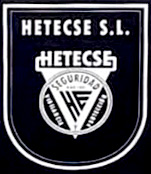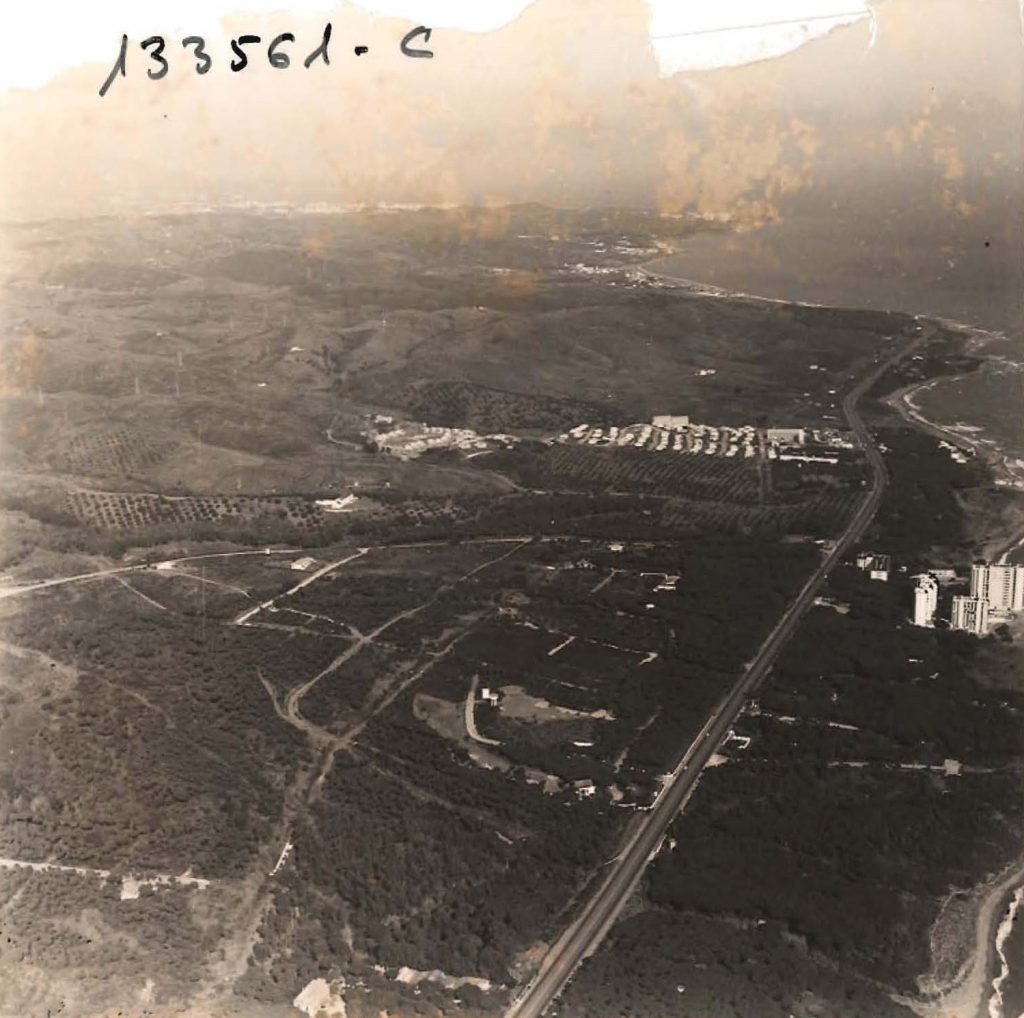– Page 4 –
Compared to the major problems of water, drainage, high voltage cables, the threat of the road, etc. there are others that would seem merely anecdotal. So it is with the arrival of mail. Far from the novel, and later the film, entitled ‘The Postman Always Rings Twice’, it was proposed that the postman would do so only once and his ring would remain unheard: instead of coming into the urbanisation, the authorities wanted to leave the mail “at the entrance”… this meant installing 5,000 post boxes! It was quite a job to persuade the postal authorities that this was a frankly surrealist notion. Telephone service was another important difficulty. As the area was considered an ‘outer’ one, there were not only problems in obtaining the phone lines in the first place, but the costs were exorbitant. Finally, the laws were changed and the price for urban lines was applied, thus reducing the cost per line from 400,000 to 20,000 pesetas of the day. In fact, the change in the law was quite easy: the previous regulations required a certain number of registered residents ‘and’ a certain number of homes… It was enough to change it to so many residents ‘and/or’ so many homes. Calahonda could therefore be taken officially for what it already was: an urban centre.
The creation of an urbanisation means not just an enormous amount of procedures that must sometimes come together to make a single home or an entire phase habitable -which sometimes represents a real challenge- but also forces the brand-new resident to resolve a number of problems on their particular scale. So, the development of the urbanisation becomes more fluid and the idea of ‘giving service’ turns into a reality when the developer can offer solutions, or help find them, to the new proprietor. This was the idea behind the creation, in 1980, of the first Service Centre on the Costa del Sol. Felix Prieto and I thus made sure that the Centre would attend to all those practical problems that come up when a proprietor is building a new home or improving on one. The Centre was managed by my brother, Íñigo de Orbaneja. Sal Asayag came aboard as Commercial Director of ‘Urbanizaciones Calahonda S.A.’, promoter and developer of Sitio de Calahonda, in 1970. He was a very effective professional who believed in the future of our project to the point of predicting that Calahonda would be an important urbanisation in 25 years’ time. His prediction came true much sooner. It was Sal who conceived a promotion that was revolutionary for its time: to sell, in the United States, 400-metre plots with a 120-square metre home on them, at a price of 1,400,000 pesetas. Included in the deal were a Seat 600 car, a guitar, a Spanish ‘mantilla’, or shawl, and a bottle of wine. The publicity was so successful that we had some 400 replies… although in the end, we sold only 5 houses in North America.
At the beginning we wanted to name the streets after well-known personalities, but in the event we decided to name most of them after geographical places: Málaga, Jaén, Sevilla, etc. In any case, some of them took the names of people significant to the development: my father, José de Orbaneja, founder of the urbanisation; Holmdahl, a Swede who was its ‘first resident’; my father-in-law, the Count of Jordana, and the first President of La Naranja Club; the siblings Van Dulken, owners of the original estate; Julián Lozano, an untiring worker from the very beginning, and several more. I could remember many things tinged with the emotions evoked by nostalgia on simple daily chores. Like when we created the plant nursery to defend the ‘green aesthetic’ that was always a priority at Calahonda, and from which we planted grass on the sidewalks and palm trees, starting with Avenida de España and continuing in the same order as the streets were developed: Málaga, Sevilla, Montecalahonda, and so on.
 +34 695 223 964
+34 695 223 964

